From The CATO Institute:
Next: Reagan’s Libertarian Spirit
Previous: Break Out of Those February Blahs!
Who’s Afraid of an Amendments Convention?
Posted by Ilya Shapiro
Those of us who are upset at how "constitutional law" has gotten far away from the text of the Constitution have more options than just hoping the judiciary tosses us an occasional bone and otherwise writing law review articles and op-eds. We can also amend the Constitution!
Indeed, the Framers provided a method of constitutional amendment that is easy to understand (if not to execute, at least not since the New Deal Congress and FDR began de facto amending the Constitution without bothering to amend it de jure). Article V says that an amendment can be sent to the states for ratification upon approval by two thirds of both houses of Congress. In the alternative, two thirds of the state legislatures can call for an amending convention. Either way, the resulting proposed amendments must be ratified by three quarters of the states to take effect.
Hand-in-hand with the recent resurgence in limited-government ideas, various amendments have been floated -- by Tea Party activists, politicians, academics, and policy analysts. Randy Barnett's "repeal amendment" -- that a vote by two thirds of states can repeal federal law -- is one. The balanced budget amendment is another.
Congress is unlikely to ever amass a two-thirds majority in favor of limiting its own power, however, so the state-called convention idea looks attractive. The problem is that many conservatives and libertarians are afraid of a so-called "runaway" convention, with amendments that would eviscerate the Constitution in a way Congress and the courts haven't yet managed. Insert your own nightmare scenario: nationalization of industry, required gay marriage, prohibition of private schools, Keith Olbermann as NFL-Commissioner-for-Life -- you name it, somebody has invoked it to argue against amending conventions.
These fears have always seemed overblown to me. I mean, if the American people can propose and ratify amendments that constitutionalize socialism (or whatever), then we've lost the political culture ballgame already and might as well go seasteading in Galt's Gulch.
And now I have backup for my instincts! Our friends at the Goldwater Institute, in the course of a grand project masterminded by Nick Dranias (the director of their center for constitutional government), are publishing a series of articles by Robert G. Natelson (retired from the University of Montana Law School) regarding constitutional amendments via convention. The first two are available online and the third one will be there soon.
Here are the key points:
1.An amendments convention is the ultimate guarantor of state sovereignty. History and law support states limiting the convention to specific topics. Delegates to the convention are bound as agents of the states to stay within the scope of the applications that trigger it. And 38 states must ratify whatever the convention generates as a proposed amendment. In short, the states initiate the process, the states control its subject matter, and the states ratify its product.
2.The amendments convention concept is not radical. Washington, Madison, Jefferson and Hamilton all agreed that states should use the Article V process to correct errors in the Constitution and rein in the federal government if it oversteps its bounds. Madison even intervened during the nullification debates of the 1830s to chide the states that they should be invoking the Article V process to regain control over the federal government.
3.The convention will not run away. Any proposed constitutional amendment yielded by the convention requires ratification by 38 states. During the constitutional convention of 1787 the Founders rejected language that would have allowed Article V to establish a foundational convention, substituting language that requires any convention to operate within existing constitutional limits.
4.There is nothing to lose from an amendments convention because no matter which party controls Congress, the status quo is a runaway federal government.
Read the whole thing.
From The Goldwater Institute:
Amending the Constitution by Convention: A Complete View of the Founders’ Plan (Part 1 in a 3 Part Series)
Submitted by goldwater on September 15, 2010
Printer-friendly versionRobert G. Natelson
Goldwater Institute Policy Report
September 16, 2010
EXECUTIVE SUMMARY
by Nick Dranias, the Goldwater Institute Clarence J. and Katherine P. Duncan chair for constitutional government and is the director of the Institute’s Dorothy D. and Joseph A. Moller Center for Constitutional Government.
Americans are increasingly questioning - and resisting - the endless growth of the federal government. Part of this resistance finds voice in efforts to enforce state sovereignty through litigation and legislation such as the Health Care Freedom Act and the Firearms Freedom Act. Measures such as these protect existing, fundamental rights from erosion at the federal level. But the growing discontent has also reignited interest in an even more direct route for the people and the states to regain control over the federal government - the Article V constitutional amendment process.
Under Article V of the U.S. Constitution, the states have the power to apply to Congress to hold a convention for the purpose of proposing constitutional amendments. This power was meant to provide a fail-safe mechanism to control the federal government.
This report demonstrates that the historical record during the Founding era establishes a clear roadmap to guide the Article V amendment process. Among other seminal discoveries, this report reveals that the Framers rejected drafts of Article V that contemplated the very kind of wide-open convention that could “run away,” substituting instead a provision for a limited-scope convention, attended by state-chosen delegates, and addressed to specific subject matters.
Of course, abuses of the Article V constitutional amendment process are possible. But that possibility must be viewed against the clear and present danger to individual rights and freedom of doing nothing. This report recommends that states seriously consider initiating the Article V constitutional amendment process to restrain the federal government.
Learning from Experience: How the States Used Article V Applications in America's First Century (Part 2 in a 3 Part Series)
Submitted by goldwater on November 3, 2010
Printer-friendly versionRobert G. Natelson
Goldwater Institute Policy Brief
November 4, 2010
EXECUTIVE SUMMARY
By Nick Dranias, the Goldwater Institute Clarence J. and Katherine P. Duncan chair for constitutional government and the director of the Institute’s Dorothy D. and Joseph A. Moller Center for Constitutional Government.
In the face of growing federal power and mounting deficits, some want states to call for a convention for proposing amendments to the U.S. Constitution that would rein in the federal government. Article V of the Constitution authorizes states to initiate amendments with a convention. Critics claim no one really knows how the process works and calling a convention would open the door to mischief by Congress, the courts, and convention delegates. But states frequently applied for an amendments convention between 1789 and 1913. A study of that history reveals much about how states can - and cannot - use the Article V process today.
This report, the second in a three-part series, compares milestones such as the failed efforts of the southern states to rely on Article V to support nullification of federal law and the indirectly successful efforts of the progressive movement to elect U.S. senators by popular vote.
Goldwater Institute Senior Fellow Robert Natelson’s research confirms that, for the most part, Americans stayed close to the original understanding of Article V and the important ground rules governing the process. Historically, there has been a sharp distinction between an Article V convention and a general constitutional convention. Likewise, a majority of state Article V applications were limited to particular subjects. Most people agreed the amendments convention would be a creature of the state legislatures that controlled the convention agenda, while convention delegates would have discretion over an amendment’s actual language.
Although the state-initiated Article V process has not yet led directly to adoption of a constitutional amendment, its history from 1789 until 1913 shows a remarkable continuity in its use and a consensus on the process involved. This consensus lays a solid foundation for current efforts and allays critics’ fears that the process could run amok.
Next: Reagan’s Libertarian Spirit
Previous: Break Out of Those February Blahs!
Who’s Afraid of an Amendments Convention?
Posted by Ilya Shapiro
Those of us who are upset at how "constitutional law" has gotten far away from the text of the Constitution have more options than just hoping the judiciary tosses us an occasional bone and otherwise writing law review articles and op-eds. We can also amend the Constitution!
Indeed, the Framers provided a method of constitutional amendment that is easy to understand (if not to execute, at least not since the New Deal Congress and FDR began de facto amending the Constitution without bothering to amend it de jure). Article V says that an amendment can be sent to the states for ratification upon approval by two thirds of both houses of Congress. In the alternative, two thirds of the state legislatures can call for an amending convention. Either way, the resulting proposed amendments must be ratified by three quarters of the states to take effect.
Hand-in-hand with the recent resurgence in limited-government ideas, various amendments have been floated -- by Tea Party activists, politicians, academics, and policy analysts. Randy Barnett's "repeal amendment" -- that a vote by two thirds of states can repeal federal law -- is one. The balanced budget amendment is another.
Congress is unlikely to ever amass a two-thirds majority in favor of limiting its own power, however, so the state-called convention idea looks attractive. The problem is that many conservatives and libertarians are afraid of a so-called "runaway" convention, with amendments that would eviscerate the Constitution in a way Congress and the courts haven't yet managed. Insert your own nightmare scenario: nationalization of industry, required gay marriage, prohibition of private schools, Keith Olbermann as NFL-Commissioner-for-Life -- you name it, somebody has invoked it to argue against amending conventions.
These fears have always seemed overblown to me. I mean, if the American people can propose and ratify amendments that constitutionalize socialism (or whatever), then we've lost the political culture ballgame already and might as well go seasteading in Galt's Gulch.
And now I have backup for my instincts! Our friends at the Goldwater Institute, in the course of a grand project masterminded by Nick Dranias (the director of their center for constitutional government), are publishing a series of articles by Robert G. Natelson (retired from the University of Montana Law School) regarding constitutional amendments via convention. The first two are available online and the third one will be there soon.
Here are the key points:
1.An amendments convention is the ultimate guarantor of state sovereignty. History and law support states limiting the convention to specific topics. Delegates to the convention are bound as agents of the states to stay within the scope of the applications that trigger it. And 38 states must ratify whatever the convention generates as a proposed amendment. In short, the states initiate the process, the states control its subject matter, and the states ratify its product.
2.The amendments convention concept is not radical. Washington, Madison, Jefferson and Hamilton all agreed that states should use the Article V process to correct errors in the Constitution and rein in the federal government if it oversteps its bounds. Madison even intervened during the nullification debates of the 1830s to chide the states that they should be invoking the Article V process to regain control over the federal government.
3.The convention will not run away. Any proposed constitutional amendment yielded by the convention requires ratification by 38 states. During the constitutional convention of 1787 the Founders rejected language that would have allowed Article V to establish a foundational convention, substituting language that requires any convention to operate within existing constitutional limits.
4.There is nothing to lose from an amendments convention because no matter which party controls Congress, the status quo is a runaway federal government.
Read the whole thing.
From The Goldwater Institute:
Amending the Constitution by Convention: A Complete View of the Founders’ Plan (Part 1 in a 3 Part Series)
Submitted by goldwater on September 15, 2010
Printer-friendly versionRobert G. Natelson
Goldwater Institute Policy Report
September 16, 2010
EXECUTIVE SUMMARY
by Nick Dranias, the Goldwater Institute Clarence J. and Katherine P. Duncan chair for constitutional government and is the director of the Institute’s Dorothy D. and Joseph A. Moller Center for Constitutional Government.
Americans are increasingly questioning - and resisting - the endless growth of the federal government. Part of this resistance finds voice in efforts to enforce state sovereignty through litigation and legislation such as the Health Care Freedom Act and the Firearms Freedom Act. Measures such as these protect existing, fundamental rights from erosion at the federal level. But the growing discontent has also reignited interest in an even more direct route for the people and the states to regain control over the federal government - the Article V constitutional amendment process.
Under Article V of the U.S. Constitution, the states have the power to apply to Congress to hold a convention for the purpose of proposing constitutional amendments. This power was meant to provide a fail-safe mechanism to control the federal government.
This report demonstrates that the historical record during the Founding era establishes a clear roadmap to guide the Article V amendment process. Among other seminal discoveries, this report reveals that the Framers rejected drafts of Article V that contemplated the very kind of wide-open convention that could “run away,” substituting instead a provision for a limited-scope convention, attended by state-chosen delegates, and addressed to specific subject matters.
Of course, abuses of the Article V constitutional amendment process are possible. But that possibility must be viewed against the clear and present danger to individual rights and freedom of doing nothing. This report recommends that states seriously consider initiating the Article V constitutional amendment process to restrain the federal government.
Learning from Experience: How the States Used Article V Applications in America's First Century (Part 2 in a 3 Part Series)
Submitted by goldwater on November 3, 2010
Printer-friendly versionRobert G. Natelson
Goldwater Institute Policy Brief
November 4, 2010
EXECUTIVE SUMMARY
By Nick Dranias, the Goldwater Institute Clarence J. and Katherine P. Duncan chair for constitutional government and the director of the Institute’s Dorothy D. and Joseph A. Moller Center for Constitutional Government.
In the face of growing federal power and mounting deficits, some want states to call for a convention for proposing amendments to the U.S. Constitution that would rein in the federal government. Article V of the Constitution authorizes states to initiate amendments with a convention. Critics claim no one really knows how the process works and calling a convention would open the door to mischief by Congress, the courts, and convention delegates. But states frequently applied for an amendments convention between 1789 and 1913. A study of that history reveals much about how states can - and cannot - use the Article V process today.
This report, the second in a three-part series, compares milestones such as the failed efforts of the southern states to rely on Article V to support nullification of federal law and the indirectly successful efforts of the progressive movement to elect U.S. senators by popular vote.
Goldwater Institute Senior Fellow Robert Natelson’s research confirms that, for the most part, Americans stayed close to the original understanding of Article V and the important ground rules governing the process. Historically, there has been a sharp distinction between an Article V convention and a general constitutional convention. Likewise, a majority of state Article V applications were limited to particular subjects. Most people agreed the amendments convention would be a creature of the state legislatures that controlled the convention agenda, while convention delegates would have discretion over an amendment’s actual language.
Although the state-initiated Article V process has not yet led directly to adoption of a constitutional amendment, its history from 1789 until 1913 shows a remarkable continuity in its use and a consensus on the process involved. This consensus lays a solid foundation for current efforts and allays critics’ fears that the process could run amok.
.gif)



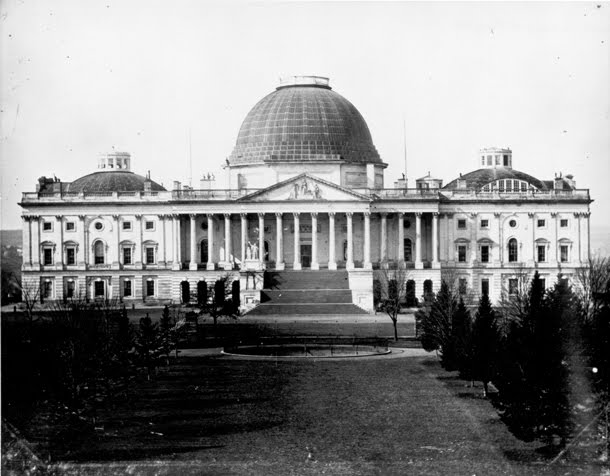









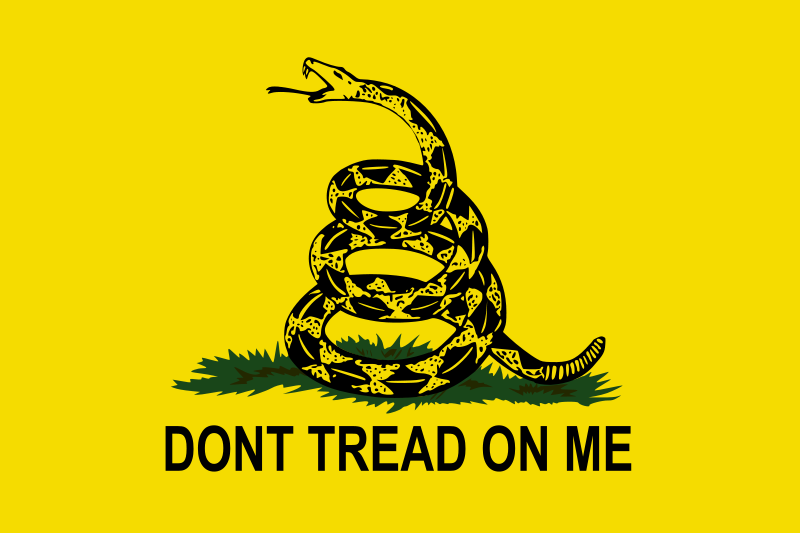
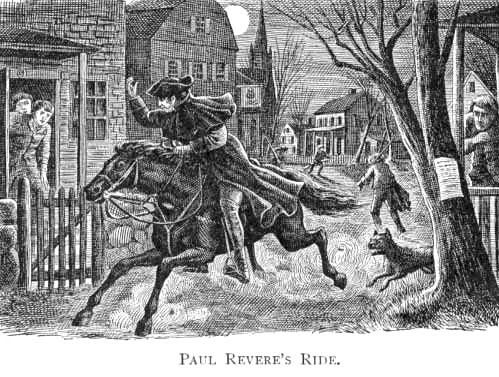

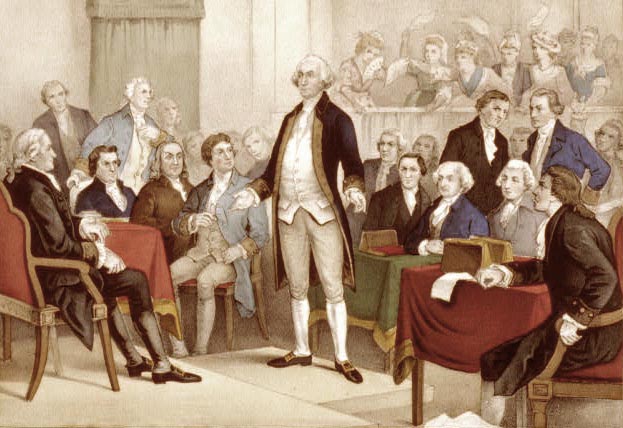

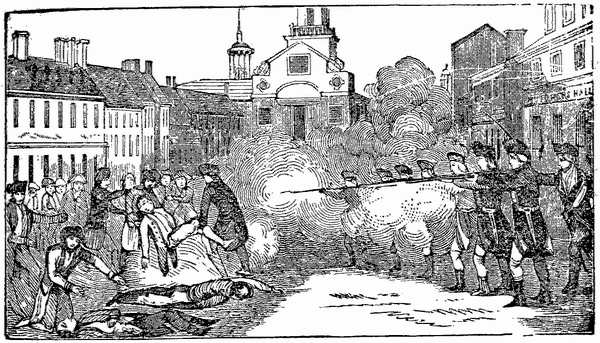

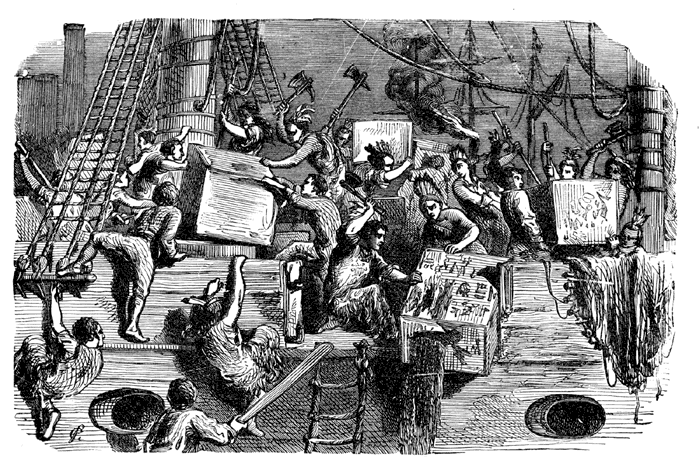




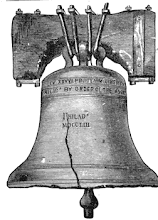




National Group: http://www.foavc.org
ReplyDeleteRecnt interview with Professor Natelson, which begins about ten minutes in on episode 7: http://www.talkshoe.com/tc/92949
Please do make contact when you get a moment: john@cc2.org